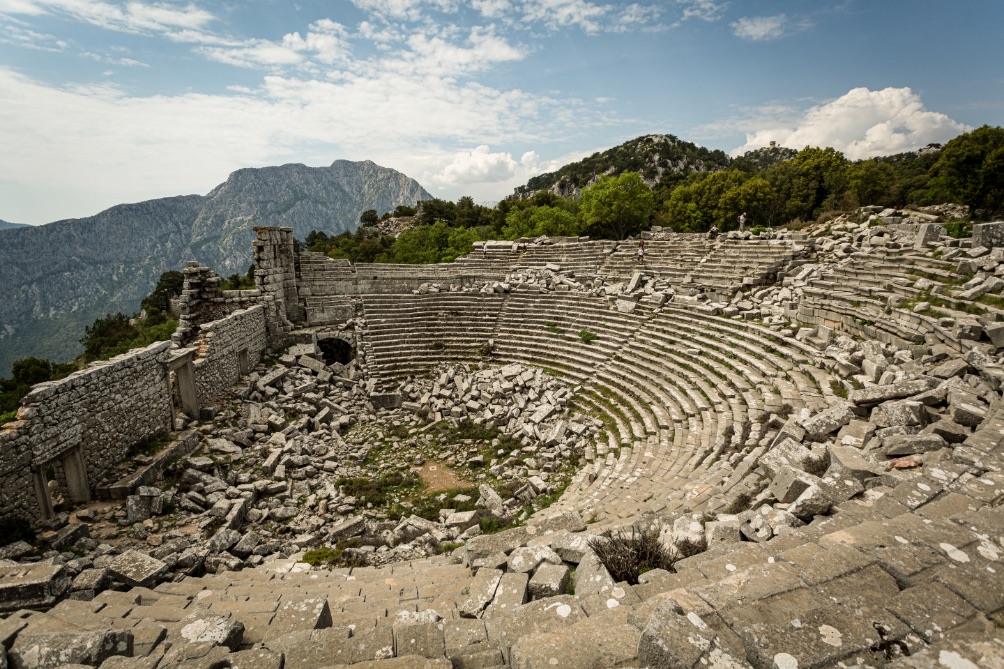Ancient Cities

The ancient Pisidian cities prospered between the Classical and the Byzantine eras (500 BC-600 AD). During the early phase, these centres were sometimes in cooperation, sometimes at war with each other, and there are several documented conflicts. In 333 BC, the region was then conquered and unified by Alexander the Great in his sweeping military campaign through Anatolia. After the fragmentation of Alexander’s empire (ca 300-100 BC) and often at the margins of the political scene, the Pisidian cities struggled to maintain their autonomy, forging shrewd alliances with competing powers. Once under the Roman rule (30 BC), these centres truly flourished, and most of the monumental quarters still visible today are a product of this era of peace. This abruptly ended in the early Byzantine period (ca 600 AD), when there is archaeological evidence that most of the cities were abandoned. While the reasons remain unknown, this event is probably connected with the start of the Arab raids in southern Anatolia, which mostly targeted the rich harbours of the coast but also sometimes made incursions into the interior.
Because of Pisidia’s ever-changing landscapes and the cities’ geographic isolation, each of them has a unique character, and provides their visitors with a very different experience. Some are high in the mountains, some are hidden in the forest, and others are instead intertwined with the modern villages that sprung up on the ancient ruins. Collapsed temples and markets, bathhouses, senate buildings, early Christian churches, ornate stone graves, and cosy theatres carved in the mountain side all tell a piece of the story of the people that inhabited Pisidia many centuries ago.